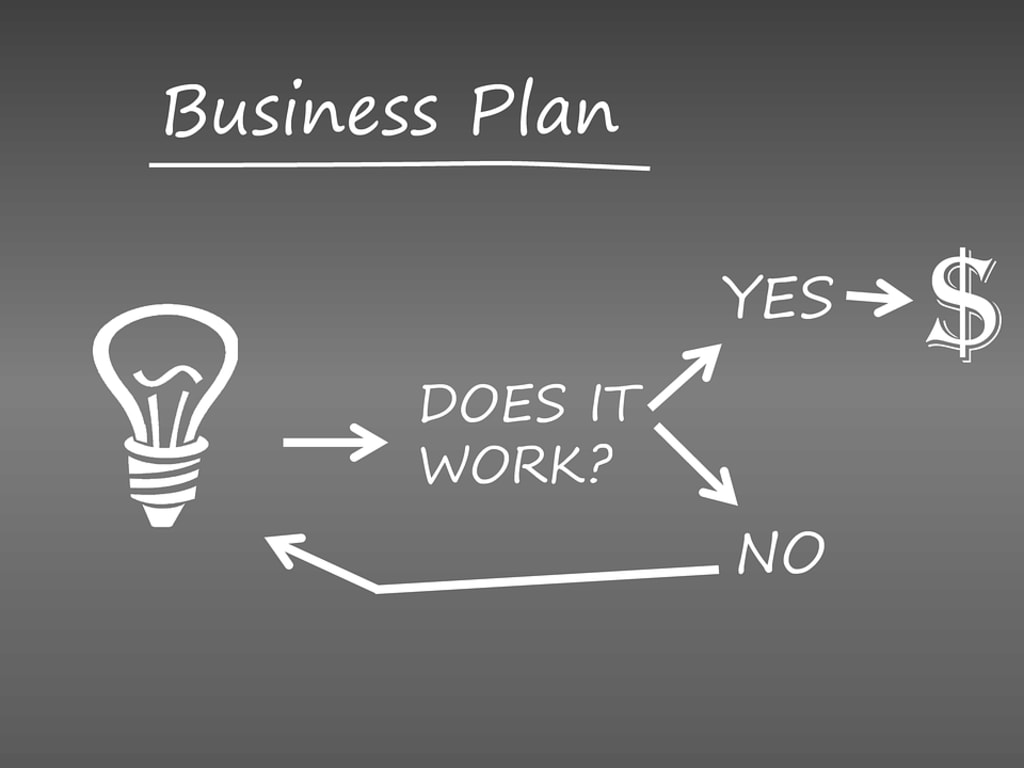Making a Busines Plan For an Invention
From the patent office to the real world.

When you have an invention, your primary intentions may or may not be focused on business ventures. At the end of the day, if you wish to make a living as an inventor, going through the rounds of patenting and monetizing are essential.
If you choose the route of starting a business based on your patented invention, it’s important to draft a business plan. This allows you to compile all of the necessary information to make your progress clear and linear so that it can be scaled further.
Not every business plan will look the same, and depending on experience and skill sets, it may not necessarily be an intrinsic document. The main point is to put down ideas on paper in an organized manner to take action in the real world.
Starting Early
It would be a mistake to delay business plans, at least the drafting plans, on the pending decision of a patent. The idea of getting a patent in the first place is to prevent competition for your unique invention, but that doesn’t mean you can’t start getting things together like manufacturing, material sourcing, or finances.
The drafting phase of writing a business plan should compile contacts and production steps so that there is a well-organized process to go along with a patented product. This allows for quick action to get things into distribution, and even quicker action for when changes need to be made. You may consult with an expert from the start to make this part more straightforward.
Facing Customer Demand
Before a significant amount of money is invested in a business model, your primary focus should be on fulfilling customer demand. You will need to ponder whether your invention fits in the home consumers' means, a business to the business solution or an accessory to enhance existing products.
Analyze The Market
Getting out into the market is tough, but it’s even tougher without knowing the facts and figures of your competition. The idea isn’t imitation but finding weak points in what your competing companies provide while bolstering the strengths of your product. Take into account market trends as well as financial figures to get a scope of the market.
Sometimes, it’s hard to launch even the best ideas with poor market climates, so you need to adjust periodically to make your product affordable. Possibly with the help of an invention business development company, you can create a strong marketing strategy to tackle any issue.
Handling Finances
While you can’t make random assumptions on how your company performs, you should map out how you will handle expenditures and future profit predictions. This will give you the means of grasping where money will be going during various stages of business growth.
This can even include things like taxes, accounting costs, human resources, and contracting outside services. It would be ideal to be at least a few years ahead before the business is live.
Intellectual Property
Even though stealing ideas is widely known to be wrong, companies will do it anyway and hope to stay under the radar. While the patent system is intended to defend your intellectual property, it costs time and money to enforce.
A cease and desist letter would be the simplest way to settle things, and there are a surprising amount of companies that tare compliant. Otherwise, you will need to budget in a lawyer to launch a lawsuit when it’s necessary.
Wrapping Up
Your invention is your property, but without an effective business strategy, it will remain sitting in the patent office. Hopefully, this article will guide you into putting down your ideas onto paper so that taking real-life action will be straight-forward.






Comments
There are no comments for this story
Be the first to respond and start the conversation.